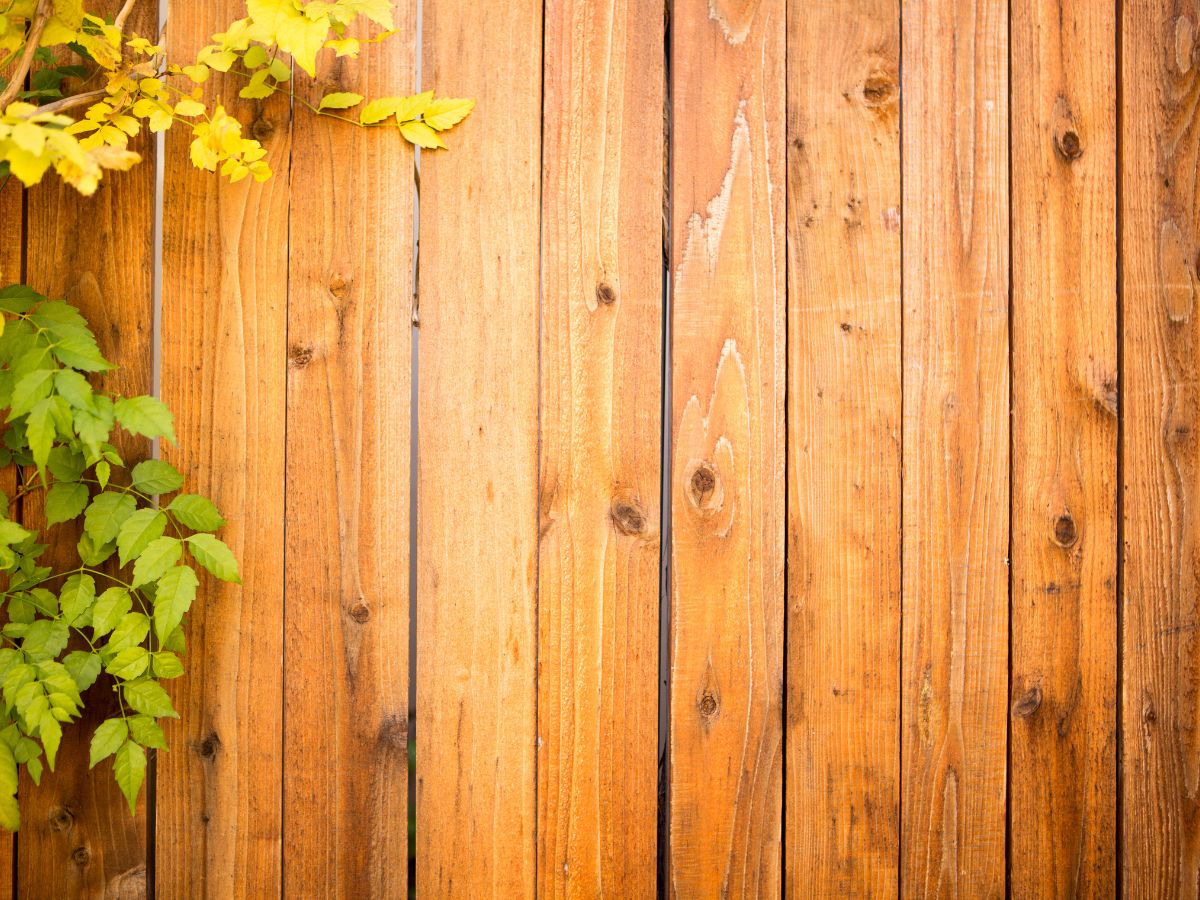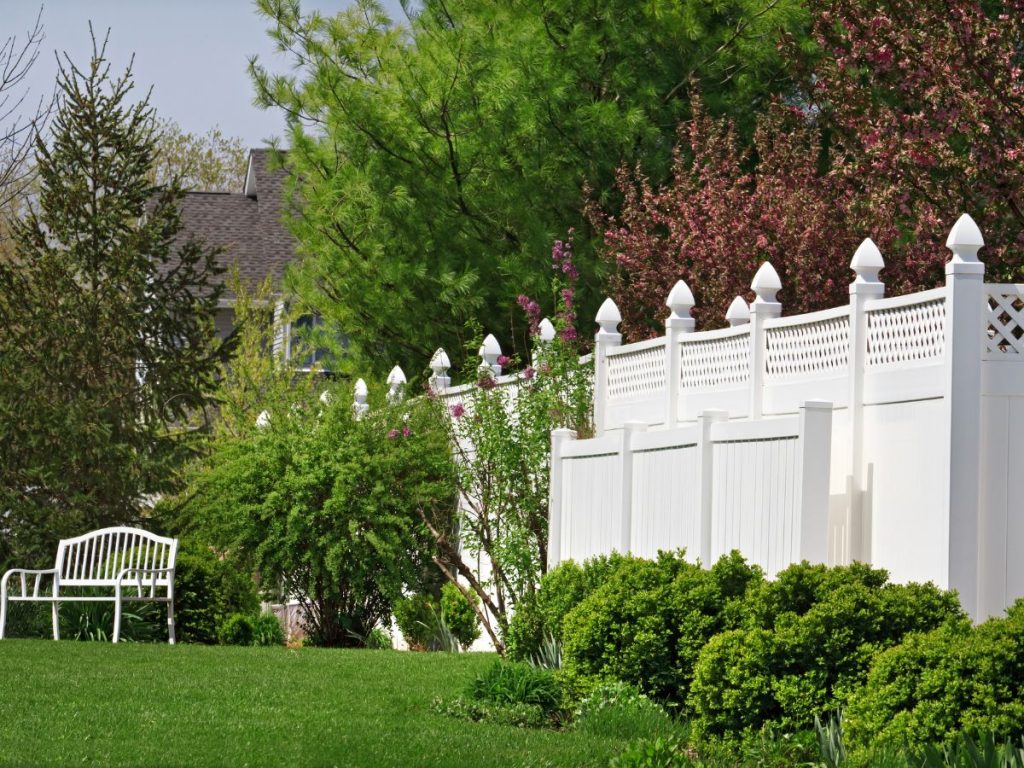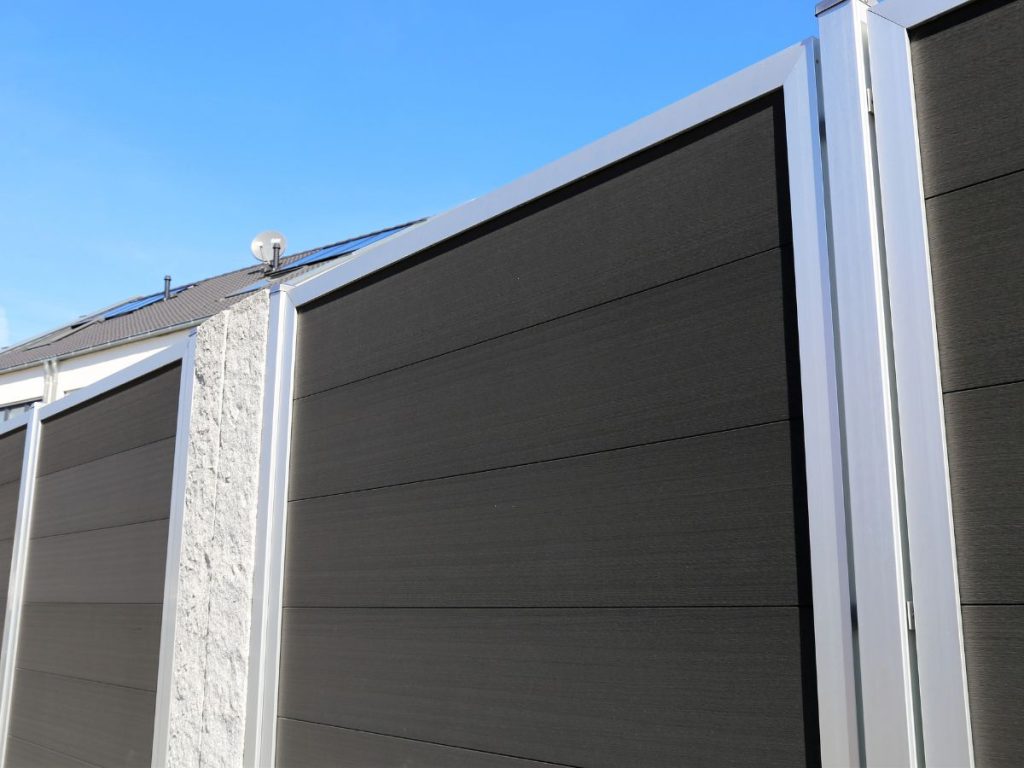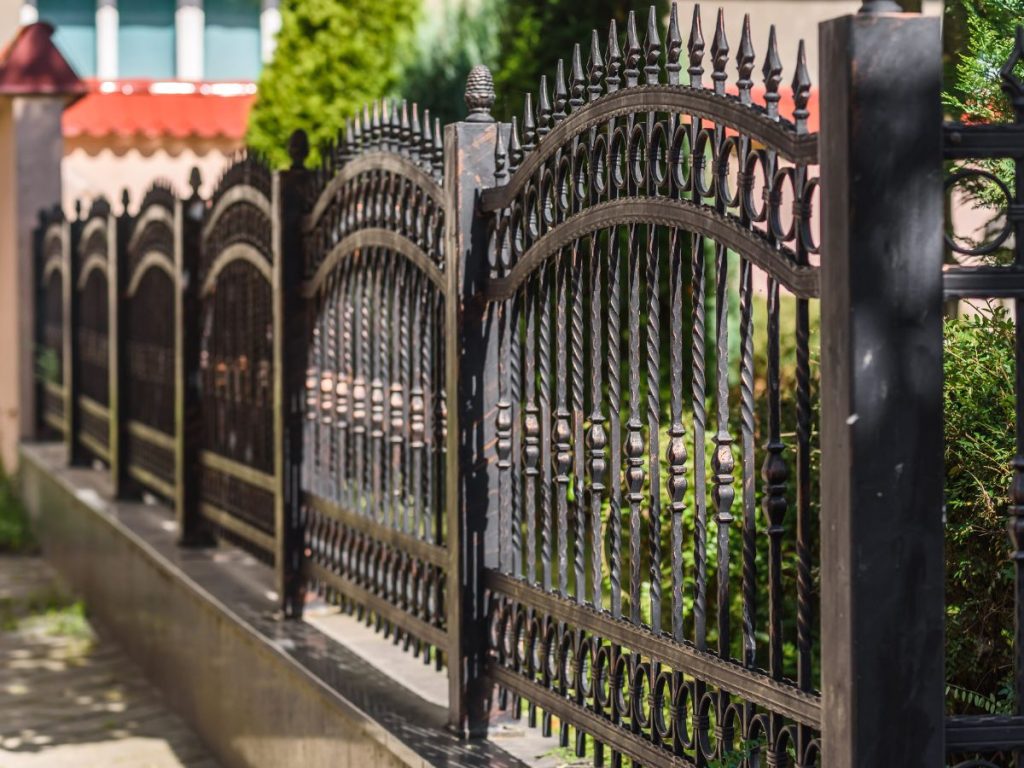
Finding the best fence material for your pets is not just about boundaries. Also, about safety, comfort, and style in your outdoor space. Whether you have a playful pup that loves to jump, a curious cat that finds every escape route, or even livestock that need secure enclosures, the right fencing can bring peace of mind and enhance your yard’s aesthetic appeal.
With a wide variety of styles and materials available, choosing can feel overwhelming. This guide explains the best types of fences for pet owners. It covers important factors like durability, cost, and maintenance. By the end, you’ll have a clearer idea of which fencing options suit you and your furry friends.
Why Pet Owners Need the Best Fence Material
Owning pets brings responsibility. You want your outdoor space to be a safe place for your pets to roam freely. The wrong fence style can lead to potential issues, like escape attempts, injuries, or wildlife intruding into your yard.
Another important factor to consider is the look and feel of your yard. Choosing the best fence material can enhance both function and appearance. Modern fencing options are designed to complement your home’s style while delivering reliable performance.
Top Fence Styles for Pet Owners
Understanding your pet’s behavior is essential in selecting the best fence material. For example, a high-jumping dog may need a taller fence, while one that loves to dig might require a fence designed to extend below ground level.
1. Vinyl Fencing

Vinyl fencing has gained popularity among pet owners for its low maintenance and durability. This option is easy to clean.
It is also resistant to decay and insects. This makes it a strong, long-lasting investment. Vinyl fences often come in a variety of styles, from solid panels to picket designs.
Best for: Small to medium pets who aren’t prone to chewing or escape attempts.
Pros:
- Durable and weather-resistant.
- Requires minimal upkeep.
- Smooth surface prevents injury.
- Consideration: Vinyl fence cost can be higher than some alternatives, but the long-term durability often justifies the price.
2. Wooden Fence

A wooden fence offers a timeless, natural look that blends seamlessly with most home designs. It is a popular choice for pet owners. It offers adjustable height and many styles, like picket and split rail fencing.
Best for: Pets who need taller, denser enclosures.
Pros:
- Aesthetic versatility.
- Easy to repair and modify.
- Consideration: Over time, wood can deteriorate if not treated properly. Choose hardwood like cedar. It resists decay and insects. You can also pick recycled wood as an eco-friendly option.
3. Chain Link Fencing

For pet owners prioritizing functionality, chain link fencing is a practical, easy-to-install choice. These fences allow visibility while keeping pets secure. While not as visually striking as other materials, chain link fences can serve temporary or cost-effective purposes.
Best for: Larger spaces with active pets.
Pros:
- Economical and durable.
- Transparent, so pets can see their surroundings.
- Consideration: Less privacy and aesthetic appeal compared to other materials.
4. Composite Fencing

Composite fencing mixes the beauty of wood with the strength of vinyl. It provides a strong, stylish, and eco-friendly option. Made from recycled wood and plastic, it’s highly durable and weather-resistant.
Best for: Pet owners wanting a sustainable yet stylish solution.
Pros:
- Requires little maintenance.
- Resistant to warping, insects, and rot.
- Consideration: Costs can be higher upfront, but the payoff is fewer repairs and replacements.
5. Wrought Iron

If you’re prioritizing style and strength, wrought iron fences are a premium option. These fences bring timeless elegance combined with toughness, making them a secure barrier for medium to large pets.
Best for: Older, calmer pets in need of a sturdy fence.
Pros:
- Extremely durable.
- High aesthetic appeal with a classic look.
- Consideration: Requires routine maintenance to prevent rust. Not ideal for small pets that could squeeze through the bars.
6. Metal Fencing

Broader than wrought iron, general metal fencing options include aluminum and steel. They’re less heavy-duty than wrought iron but are cost-effective, lightweight, and still offer great security.
Best for: Contingency needs where affordability meets functionality.
Pros:
- Lightweight and versatile.
- Moderate maintenance requirements.
- Consideration: Not as decorative or customizable.
Factors to Consider When Choosing the Best Fence Material
When choosing the best fence material for your pets, it’s important to look beyond appearance and cost—other key factors should also guide your decision.
1. Size and Strength of Pets
Large or high-energy pets may need thicker or taller materials. Good options include metal fencing or stronger vinyl fencing. Smaller pets do better with picket fencing. This type of fencing helps stop escapes through wide gaps.
2. Maintenance
Certain fences need regular upkeep to ensure their longevity and safety. For example, materials like wood or wrought iron often require more maintenance to remain in good condition. In comparison, vinyl and composite options are easier to care for—making them strong contenders when choosing the best fence material.
3. Budget
The cost of fencing can vary greatly depending on the material. While vinyl may appear expensive initially, its durability often makes it a worthwhile investment. For those with tighter budgets, chain link fencing offers a practical and affordable option. Choosing the best fence material depends on your balance of cost, longevity, and function.
4. Aesthetic Appeal
Your fence should complement your property’s design while serving its purpose. You can use split rail fencing for rustic yards. Modern materials like composite fencing are great for contemporary homes.
5. Environmental Considerations
Eco-friendly pet owners may choose fences made from recycled wood or wood that comes from sustainable sources. This helps reduce their impact on the environment.
Installation Tips for Pet Fencing
Choosing the best fence material is only half the battle. Proper installation plays a crucial role in ensuring its effectiveness. Ensure your fence is high enough to deter jumpers and extends below the ground to discourage diggers.
Here are installation best practices to keep in mind:
- Check Local Regulations. Fencing requirements can vary, so confirm height limits or property line rules.
- Inspect Terrain. Sloping yards may require adjustments to avoid gaps.
- Plan for Gates. Secure latching gates are essential, particularly in high-traffic areas.
- Consult Experts. For complex setups, seeking professional installation ensures the fence meets safety standards and maximizes longevity.
Final Thoughts for Pet Owners
A well-chosen, secure fence paves the way for worry-free outdoor play for you and your pets. Whether prioritizing style, budget, or low maintenance, the best fence material depends on your specific needs and preferences.
You can choose from durable vinyl fencing, charming wooden fences, or sturdy chain link fencing. It’s now easier to find a solution that keeps your pets safe and looks good in your yard.
For those ready to invest in their pets’ safety, explore quality fencing options at Perimtectx and get started on transforming your outdoor space today!
